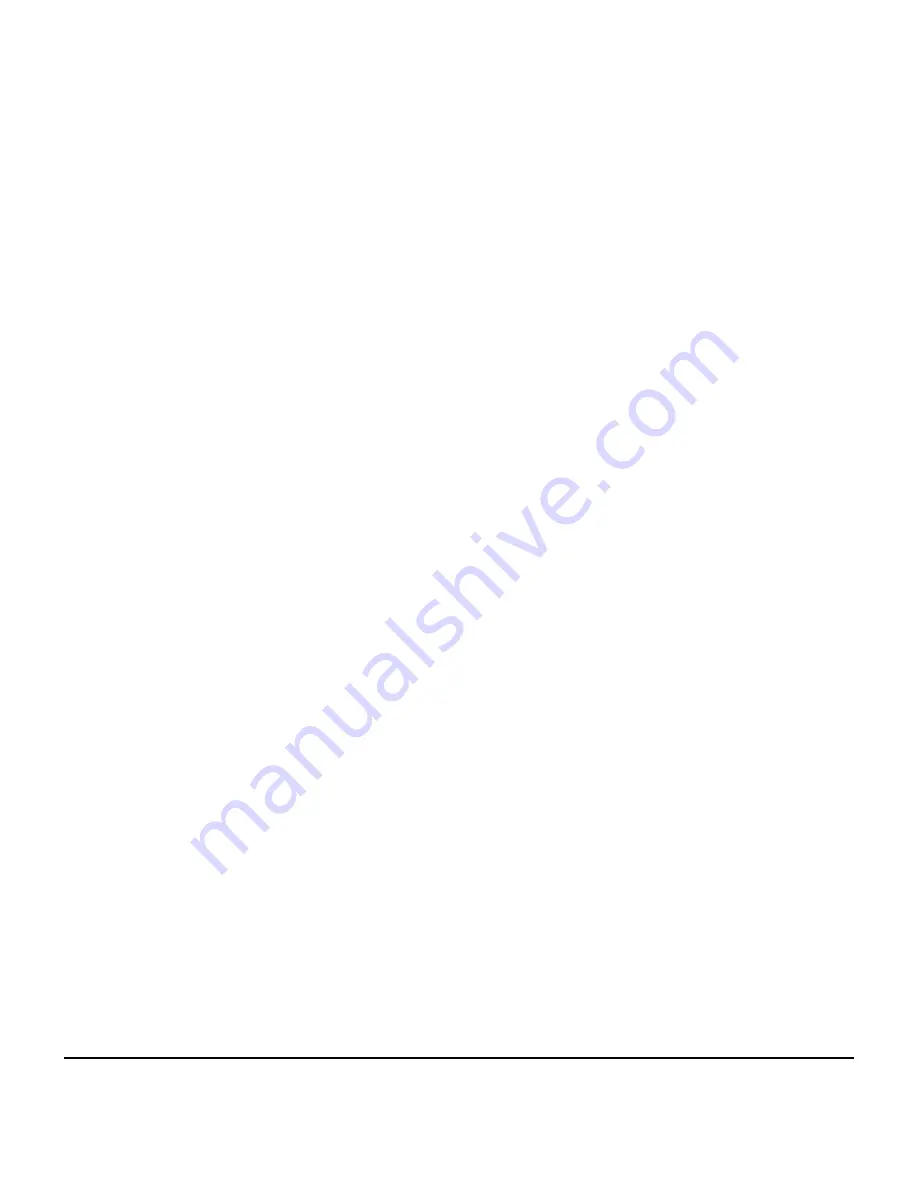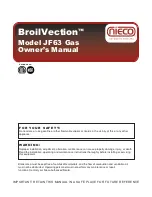
5. Routine Maintenance - Page 26
Routine Maintenance (Carry out the following sequence 5.1 -
5.10)
5.1
Remove the White Front Case
(Fig. 15 in the Boiler Installation Section).
a.
Remove the two securing screws located at the base of
the white front case assembly.
b.
Ease the base of the case forward approximately 50mm
and lift to release the panel from the securing hooks at
the top of the appliance.
c.
Remove the case and place in a safe position away from
the immediate working area.
5.2
Remove Base Panel
a.
Remove the two securing screws retaining the base
panel to the case sides.
b.
Lower the front edge and push backwards to release
cover
5.3
Remove the Air Box Covers
a.
Take out the six securing screws and remove the main
air box cover.
b.
Remove the two screws securing the front edge of each
white case side panels. This will allow the side panels to
be sprung outwards to improve access for the following
operation.
c.
Remove the four screws securing the two remaining air
box side covers and remove.
5.4
Remove the Fan Assembly
a.
Disconnect the fan wiring by separating the in-line
connector.
b.
Support the fan and remove the two fixing screws from
the front edge of the fan mounting plate. Lower the fan
and carefully withdraw it from the appliance. Put in a
safe place until required.
5.5
Remove the Flue Hood
a.
Remove the two flexible tubes connected to the left and
right hand sides of the fluehood.
b.
Slacken the screw on the left-hand rear of the flue hood
(but do not remove) and fully remove the remaining right
hand screw.
c.
Lift and remove the fluehood to expose the top surface
of the heat exchanger.
5.6
Remove the Combustion Chamber Front Panel
a.
Remove the two screws securing the combustion
chamber front panel.
b.
Remove the panel by pulling the top edge forwards and
lifting the panel clear of the two lower retaining flanges.
Ensure the insulation remains in position. The underside
of the heat exchanger is now exposed.
5.7
To Inspect and Clean the Boiler
(Fig. 24)
a.
Inspect the heat exchanger for any blockage. Deposits
of any material should be brushed away using a soft
brush.
Note:
Do not use brushes with metallic bristles.
b.
Examine internal pipe work connections and automatic
air vent for any water leaks. Rectify if necessary.
c.
Examine the combustion chamber insulating material
and renew if damaged. To remove the combustion
chamber side panels undo the single screw from each
side and pull panel forward. The insulation can now be
removed from the panel. To remove the insulation from
the rear of the combustion chamber remove the two
hexagonal burner location supports and take out the two
screws from the insulation support bracket.
Remove the support and slide the insulation downwards
from behind the heat exchanger.
Permanent pilot versions only
.
Inspect the pilot injector for any obstruction and clear or
renew as necessary.
d.
Inspect the main burner and remove any deposits with a
soft brush.
Electronic & Saver
.
Check the electrodes for damage or deterioration. Ensure
that the spark gaps are correct to dimensions specified in
Fig. 24. Clean or renew as necessary. Do not bend the
electrodes as the insulating material may crack.
e.
Examine the fan for any mechanical damage (including
seals), check to ensure free running of the fan wheel.
Clean the wheel if necessary with a soft brush.
Note:
It is essential that a good seal is made at the fan,
renew the sealing collar or fluehood sealing ring if there
are any signs of damage or deterioration. See section 6.17
of Component Replacement.
f.
Examine flue ducts and flue hood and ensure that there
is no obstruction. Re-assemble all components in
reverse order, (ensure all seals are replaced correctly).
See note above re-spare main burner seals.
Permanent pilot versions only
.
During re-assembly of the pilot injector, pilot tube
thermocouple and spark electrode lead ensure all
components are clean and all joints are tight.
All Types
During re-assembly check the air box door and side cover
seals for damage or deterioration and renew if necessary.
Summary of Contents for 80e
Page 5: ...Optional Extras Page 5 ...
Page 6: ...Optional Extras Page 6 Installation instructions included as necessary with each kit ...
Page 7: ...Optional Extras Page 7 Installation instructions included as necessary with each kit ...
Page 12: ......
Page 28: ...Routine Maintenance Page 27 ...
Page 30: ...Routine Maintenance Page 29 ...
Page 34: ...Component Replacement Page 33 ...
Page 35: ...Component Replacement Page 34 ...
Page 43: ...7 1 Control Flow Sequence Permanent Pilot Page 42 ...
Page 44: ...7 2 Functional Flow Permanent Pilot Page 43 ...
Page 45: ...7 3 Fault Finding Permanent Pilot Page 44 ...
Page 46: ...7 4 Electrical Diagram Permanent Pilot Page 45 ...
Page 47: ...8 1 Control Flow Sequence Electronic Page 46 ...
Page 48: ...8 2 Functional Flow Electronic Page 47 ...
Page 49: ...8 3 Fault Finding Electronic Page 48 ...
Page 50: ...8 4 Electrical Diagram Electronic Page 49 ...
















































